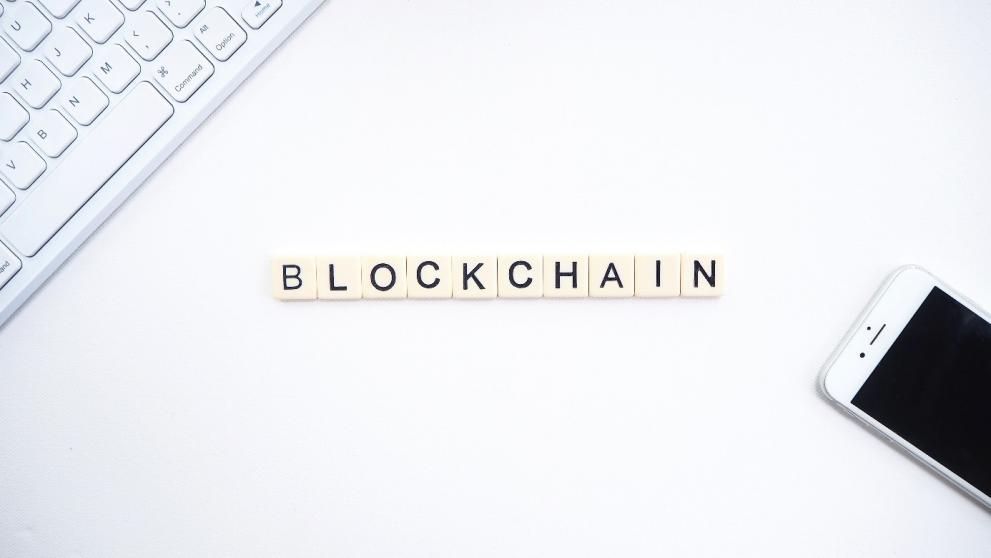
A non-fungible token (NFT) is a unit of data stored on a digital ledger, called a blockchain, that keeps records of the purchase and prevents forgery. They are unique assets in a digital world, meaning that they can be sold and bought like tangible property, and can be seen as virtual proof of ownership. This does not mean that other people cannot have a copy of the digital work. For example, NFT owners can produce copies of digital work, like printers can produce several copies of a piece of art, such as a painting. Even when NFT owners, or printers, produce copies of a (digital) work, there is still an original version.
Since its introduction, NFTs have gained in popularity across the world, with several NFTs being valued at over a million euros. For example, in March 2021 the first tweet has been auctioned for over €2.4 million. Another example is a collection of Cryptopunks, which are 24x24 pixelated avatars. This collection of 9 Cryptopunks sold for approximately €14 million.
However, the future of NFTs is still uncertain. NFTs have only recently increased in popularity since their introduction in 2014. Moreover, buying an NFT does not mean that the purchaser will be able to sell it again for the same, or a higher, price.
To find out more about Blockchain technology go to the technology focus on Blockchain. For more information on other advanced technologies in the EU, explore the ATI website.
